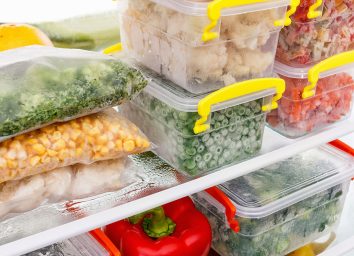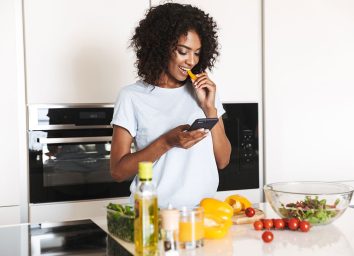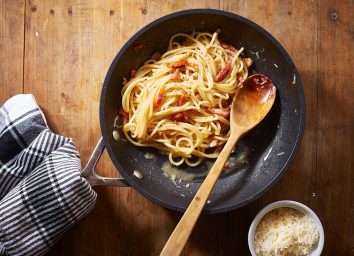17 Essential Food Safety Facts to Know During the Coronavirus Pandemic
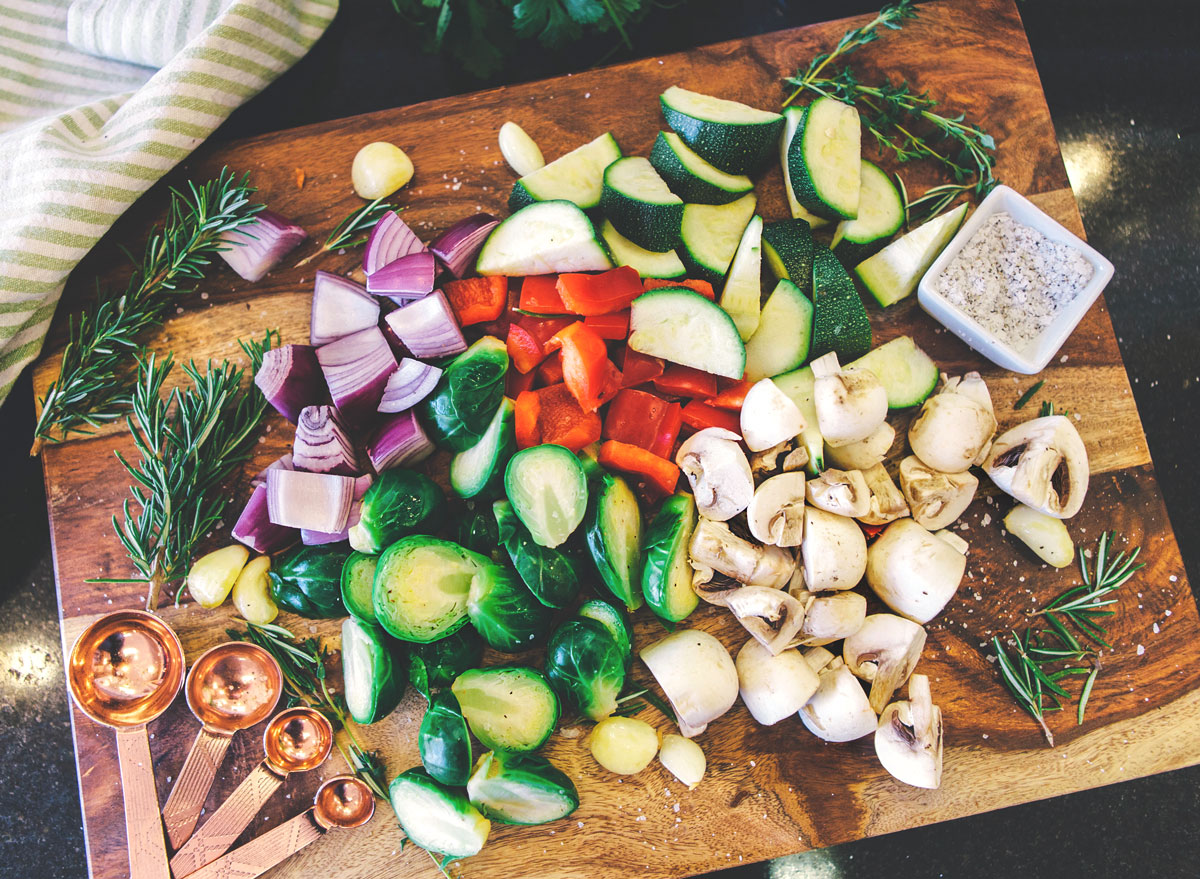
It’s always a good time to learn about food safety facts, but it’s arguably even more important now in light of the COVID-19 pandemic.
While developments surrounding the COVID-19 outbreak seem to change almost every day, food safety practices remain the same and it’s vital you start abiding by them now amid such a time of crisis. We spoke with Shelly Feist, executive director of the non-profit Partnership for Food Safety Education, as well as Dr. Lynette Charity, board-certified MD, anesthesiologist and keynote speaker, for the most essential food safety facts that everyone should know right now.
Wash your hands for at least 20 seconds
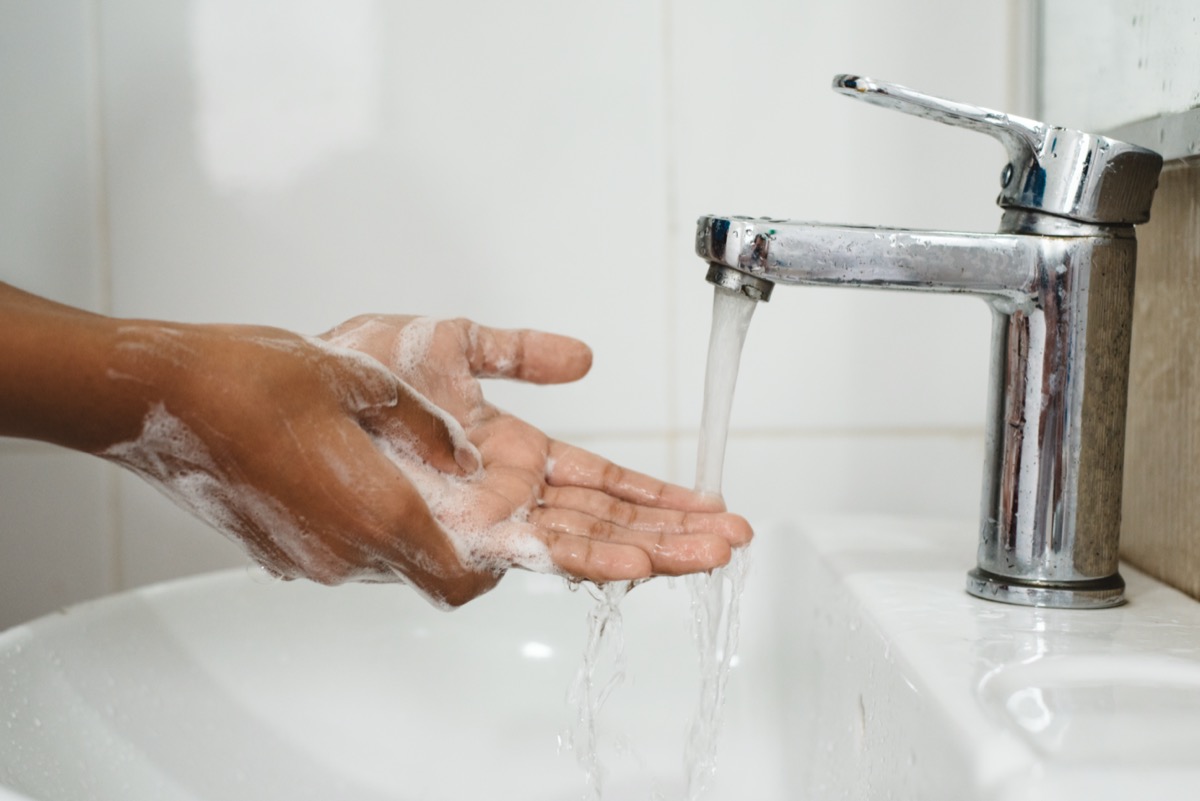
Irrespective of COVID-19, Dr. Charity says this tip cannot be stressed enough, as the CDC points out that 1 in every 6 Americans ends up getting sick from foods and beverages that are contaminated. In order to avoid this from happening, proper handwashing is essential.
“This should be done before preparing or eating food,” Dr. charity says.
Feist seconds the importance of washing your hands, especially during a pandemic.
“Handwashing is the most important way to prevent the spread of harmful germs that can cause illness [and] regular soap works fine,” she says. “Rubbing your hands for 20 seconds ensures germs get washed down the drain.”
Wash all raw produce
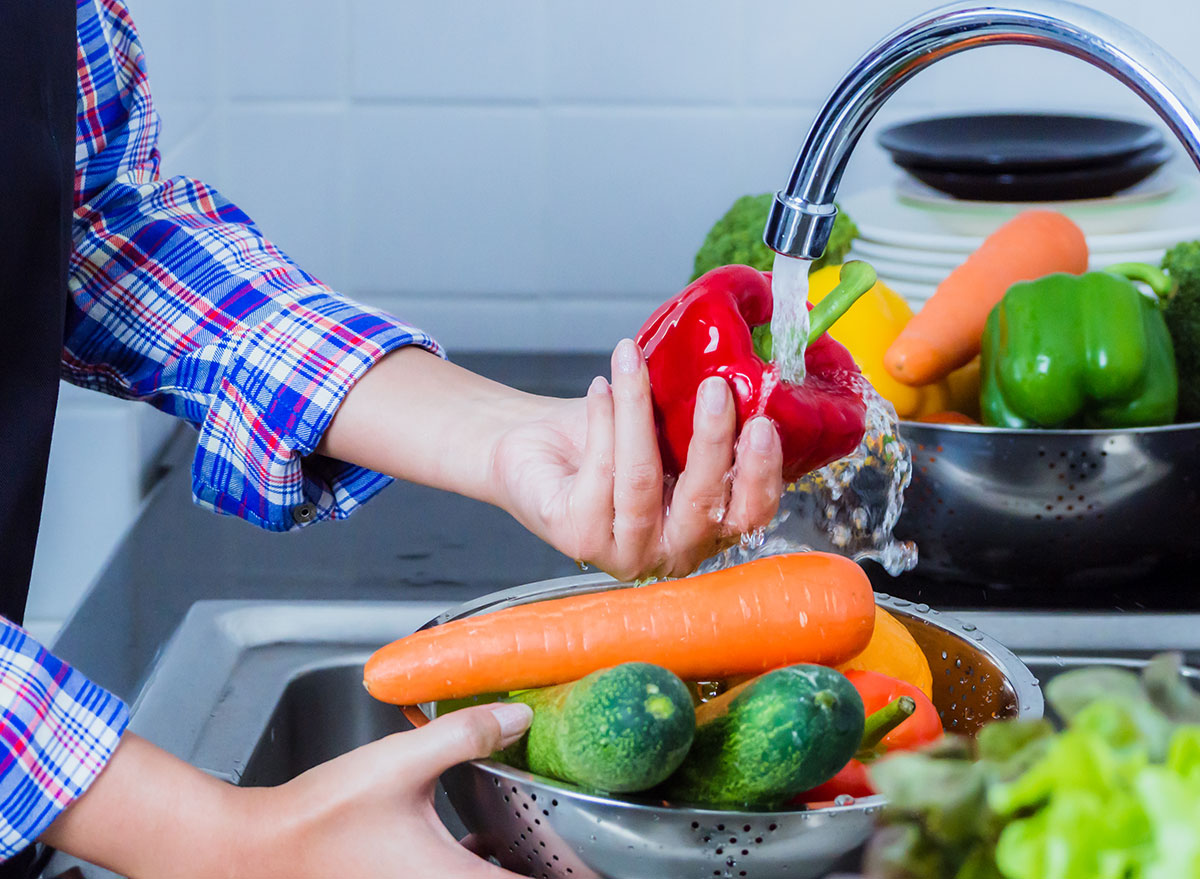
Again, the classic combo of soap and water does wonders when it comes to disinfecting everything, including your fresh fruits and vegetables.
“For fresh produce that will not be cooked before eating, wash thoroughly under running water,” says Dr. Charity. “The virus is covered in an oily membrane that is disrupted by plain soap and water is effective at removing [and] rinsing away the virus.”
Clean and sanitize kitchen surfaces
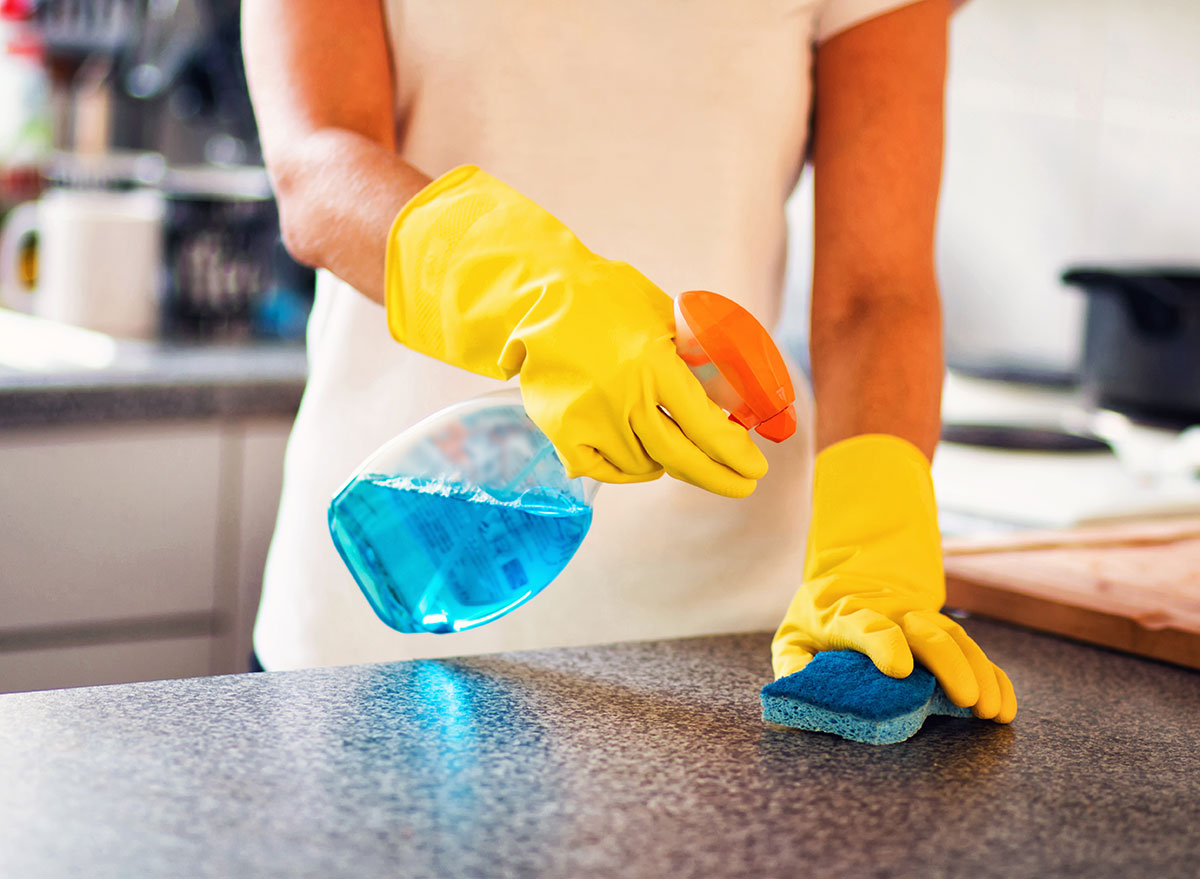
Note, this is a two-step process.
“Cleaning and sanitizing are not the same thing. They are separate, important steps you can take to reduce the spread of harmful germs,” explains Feist. “Cleaning removes germs, dirt, and impurities from surfaces by the use of soap or detergent and water. Sanitizing lowers the number of germs on surfaces by the use of a diluted bleach solution that is easy to make at home.”
Fun fact: all you need is one tablespoon of bleach to one gallon of water to make an effective germ-killing solution on surfaces.
Clean + Separate + Cook + Chill
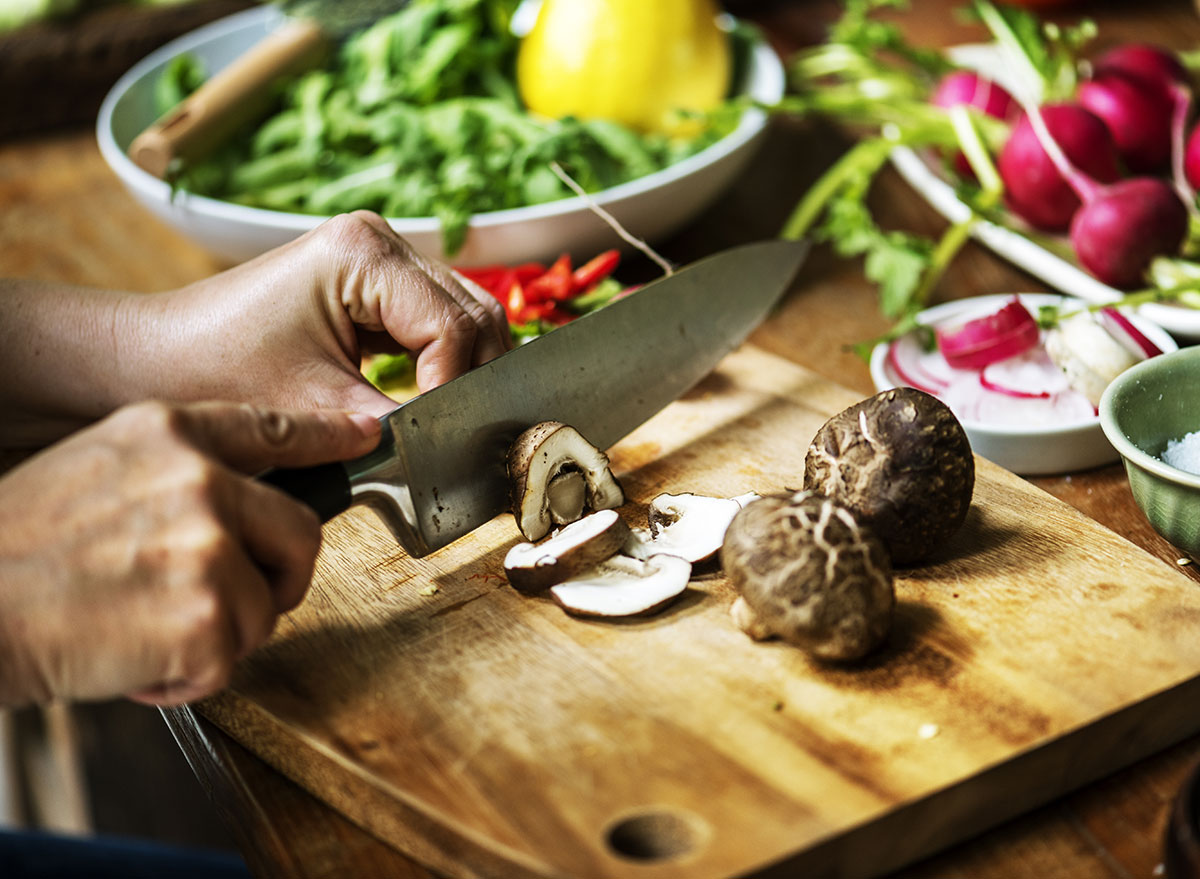
“Actions you take at home can reduce the risk of foodborne illness for you and your family,” says Feist. “These practices are based on research, and especially help you protect those people in your household who might be at most risk for serious illness—young children, the elderly, pregnant women, and anyone who has an underlying health condition that affects their ability to fight off infections.”
You can see this four-part process outlined in the Fight BAC! brochure as well as on the USDA’s website.
Let non-perishable food items sit out before storing
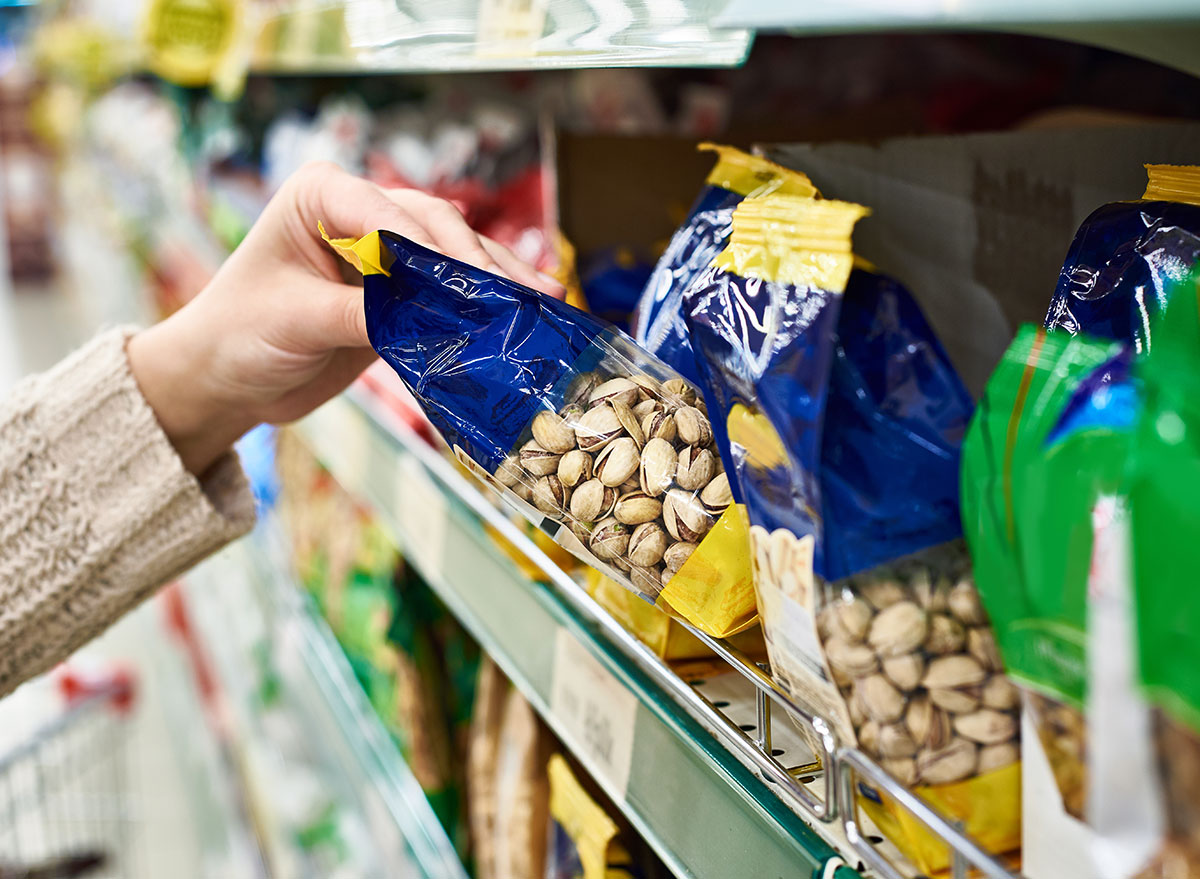
“If possible, let food items purchased at a store or delivered to your home that don’t require immediate refrigeration or freezing to sit out in a separate area for three days,” says Dr. Charity.
Why? COVID-19 is believed to survive on plastic for up to three days, so keeping these packaged foods in quarantine or away from other food products will help to minimize the risk of infection.
Practice social distancing at the grocery store
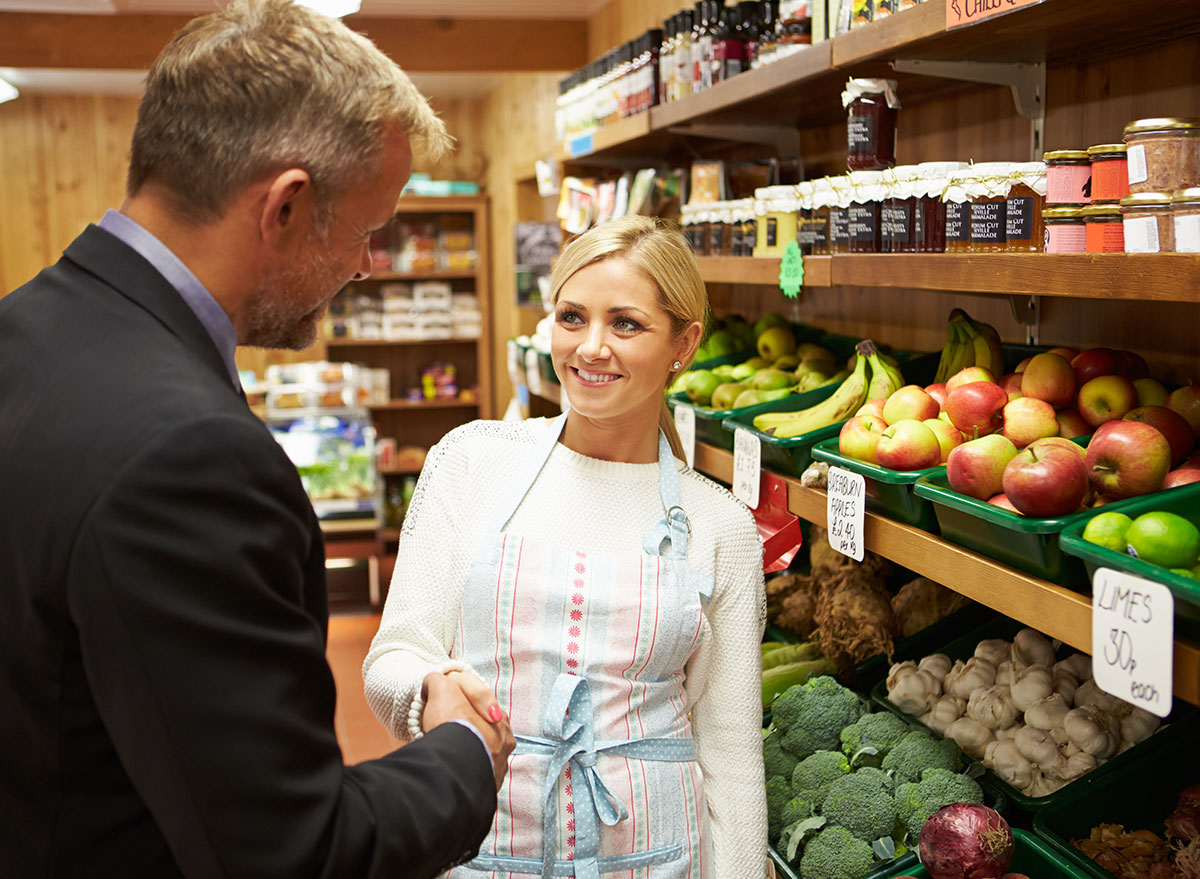
News flash, going to the grocery store can put you at risk of exposure, which is why Dr. Charity suggests you try and go during off-peak hours (so not Saturday or Sunday morning or afternoon, for example) and avoid aisles that have several people congregating in them. If you do happen to be in an aisle or a checkout line with one or two people, there is something you can do to reduce your risk of contracting COVID-19.
“Practice social distancing, at least 6 feet, when waiting in the checkout line at the grocery store,” says Dr. Charity.
Sorry, but that means no hand-shaking!
Use reusable shopping bags instead of plastic ones
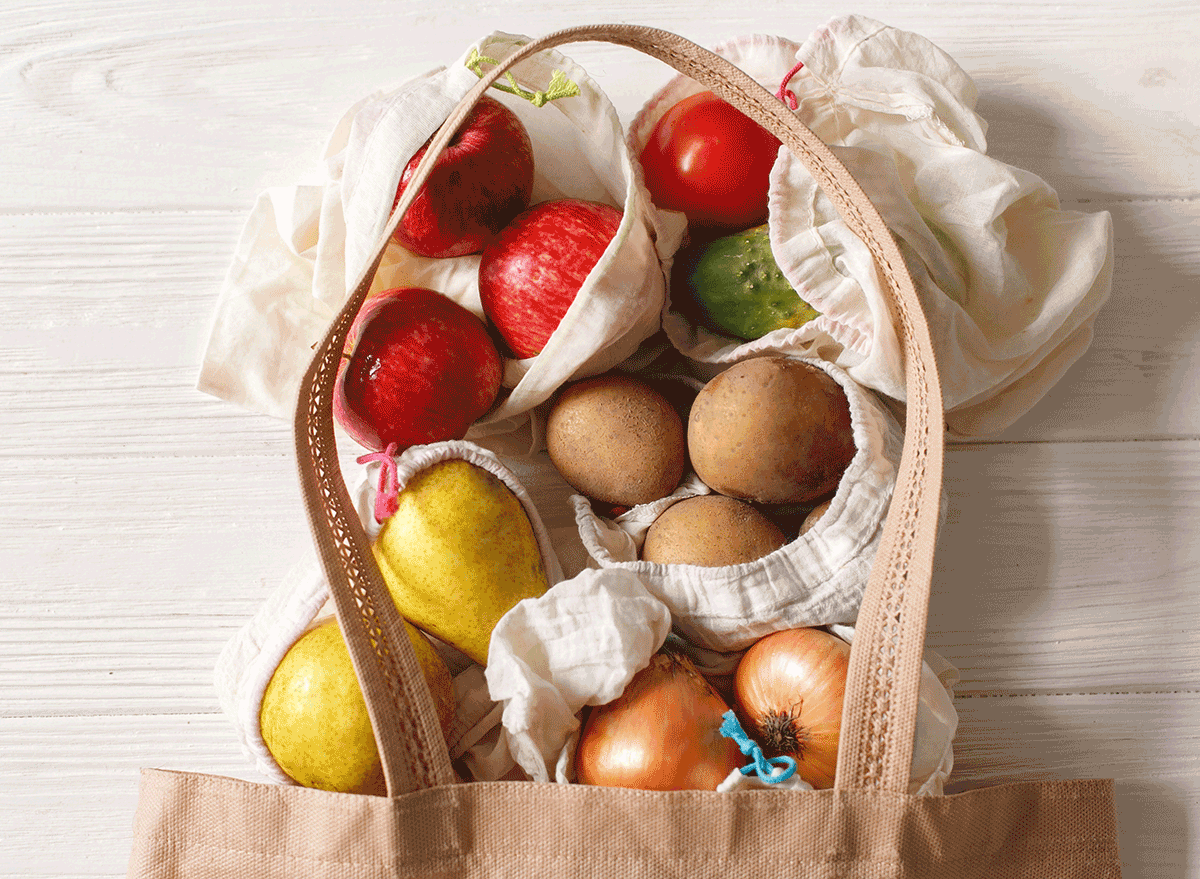
“Use your own reusable shopping bags at the grocery store and bag your own groceries since COVID-19 can survive on plastic,” says Charity.
Store leftovers in the fridge immediately
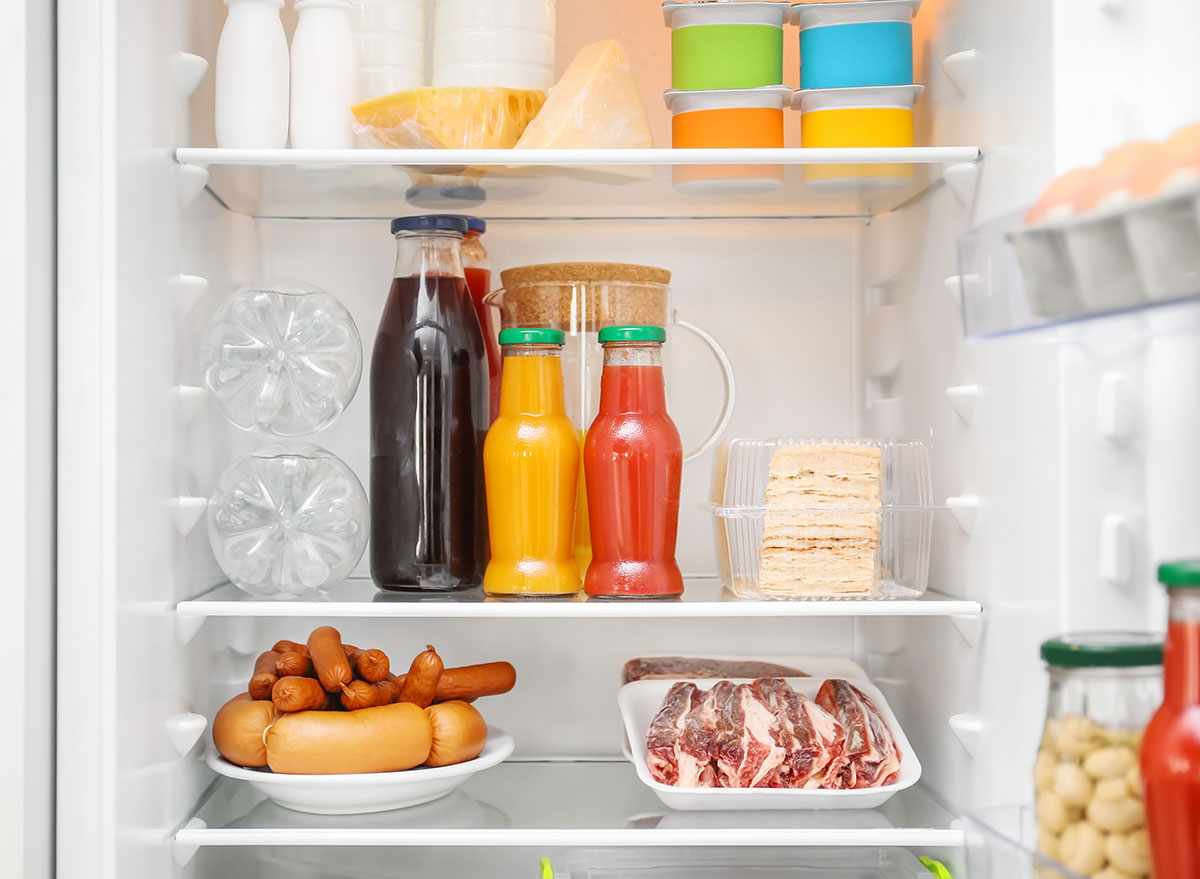
Properly storing leftovers is always important, but even more so during a pandemic because if you get sick with food poisoning, you may think you have COVID-19. And if you end up going to the doctor, you effectively take that time away from someone who actually has the virus and needs immediate medical care. Prevent this from happening by storing leftovers away within two hours of cooking them.
“Harmful bacteria in food love to grow at room temperature,” says Feist. “Your refrigerator, set at 40 degrees Fahrenheit or below, will help keep your delicious leftovers safe from harmful germs.”
Eat your leftovers within three to four days
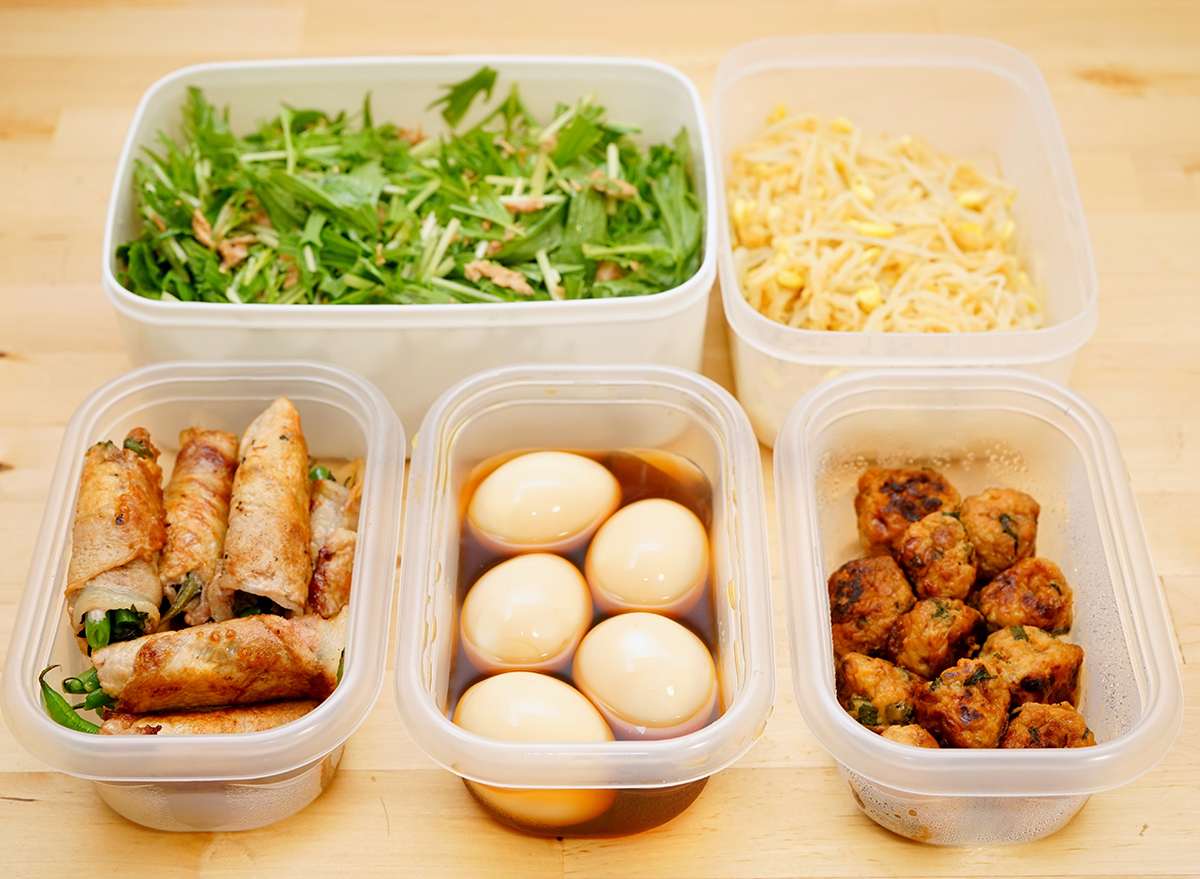
“Remember to eat them within three to four days and to reheat leftovers to 165 degrees Fahrenheit as measured with a food thermometer,” says Feist.
In a former Eat This, Not That! article, Meredith Carothers, the technical information specialist at the USDA’s Food Safety and Inspection Service, said that after three or four days, cooked foods and leftovers can begin to spoil in the refrigerator. Food spoilage bacteria can begin to form on these foods without any visible or apparent signs (think mold or a funky smell).
“Mark your containers with the date you put the food in the refrigerator. Then you’ll know when it is time to eat them or freeze them,” says Feist.
Make sure your fridge is set to 40°F or below
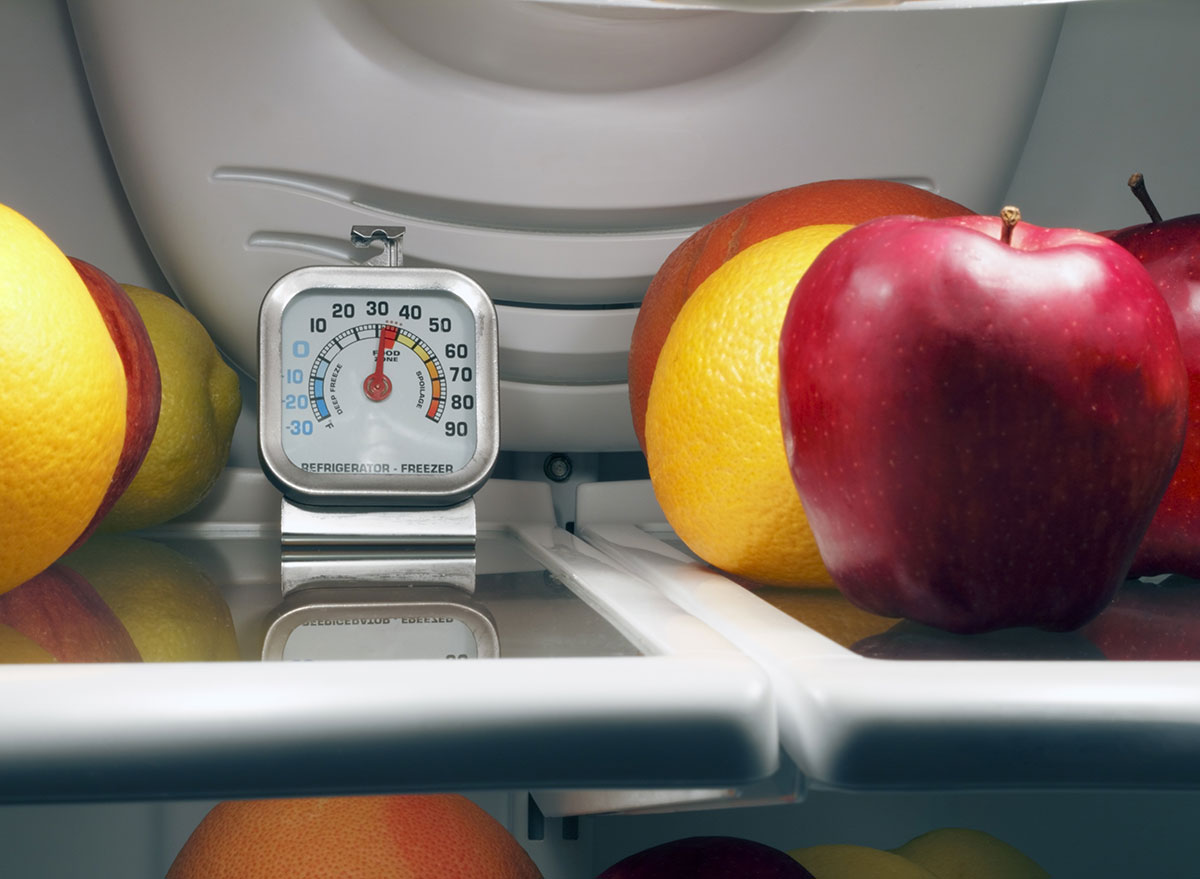
“Maintaining home refrigerators at 40 degrees Fahrenheit or below is one of the most effective ways to reduce the risk of foodborne illness for pregnant women and elderly people,” says Feist.
Remember, those who are 60 years old and up are one of the groups of people that are most vulnerable to having severe complications with COVID-19. It’s especially critical for them to keep their immunity up as much as possible during these unprecedented times.
“Some harmful germs can [still] grow at cold temperatures. A cold refrigerator greatly slows the growth of germs that can cause illness,” she adds.
Freeze any food you don’t plan on eating right away
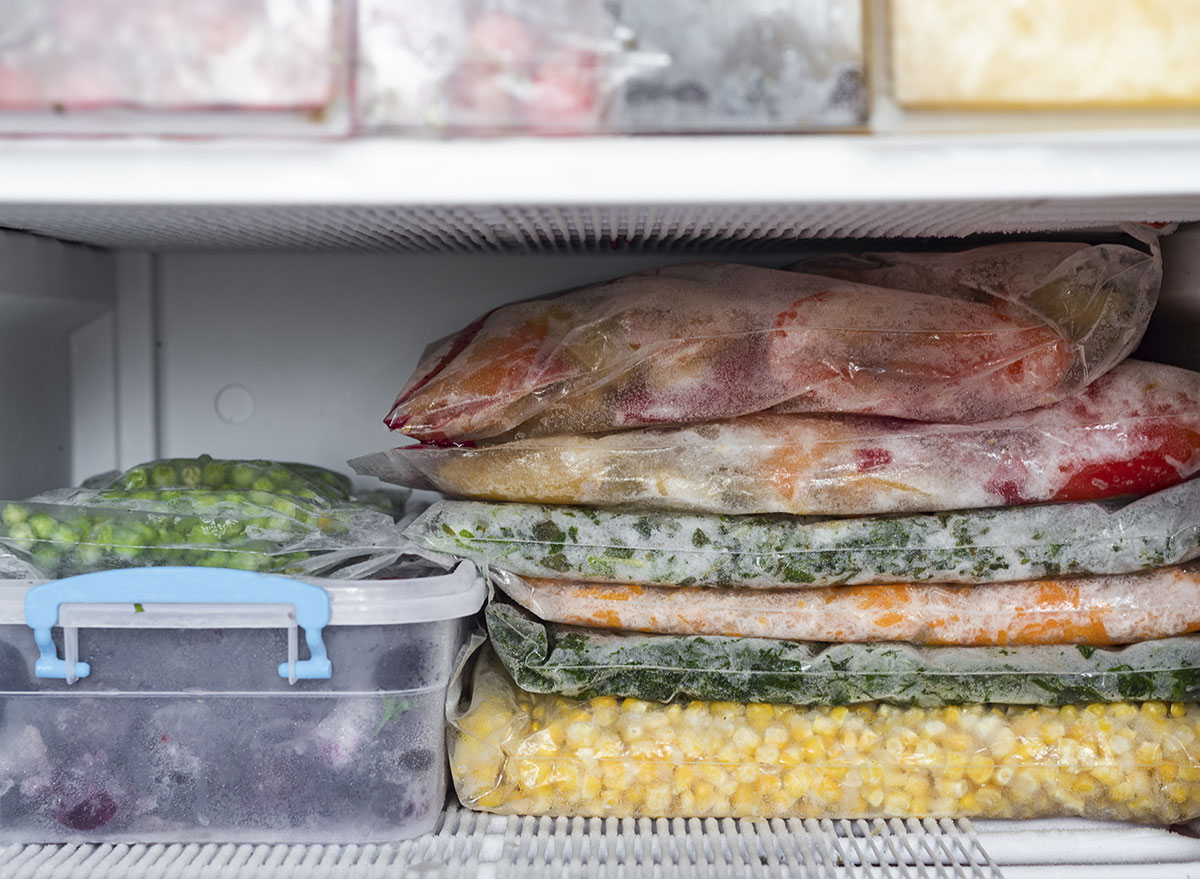
You may have made too much food in your meal prep this week to eat all by yourself, but instead of storing it in the fridge, wrap your leftovers accordingly and store them in the freezer. According to the USDA, they can stay there indefinitely, however, know that they may lose moisture and flavor after three to four months.
Use disinfectant wipes…on everything
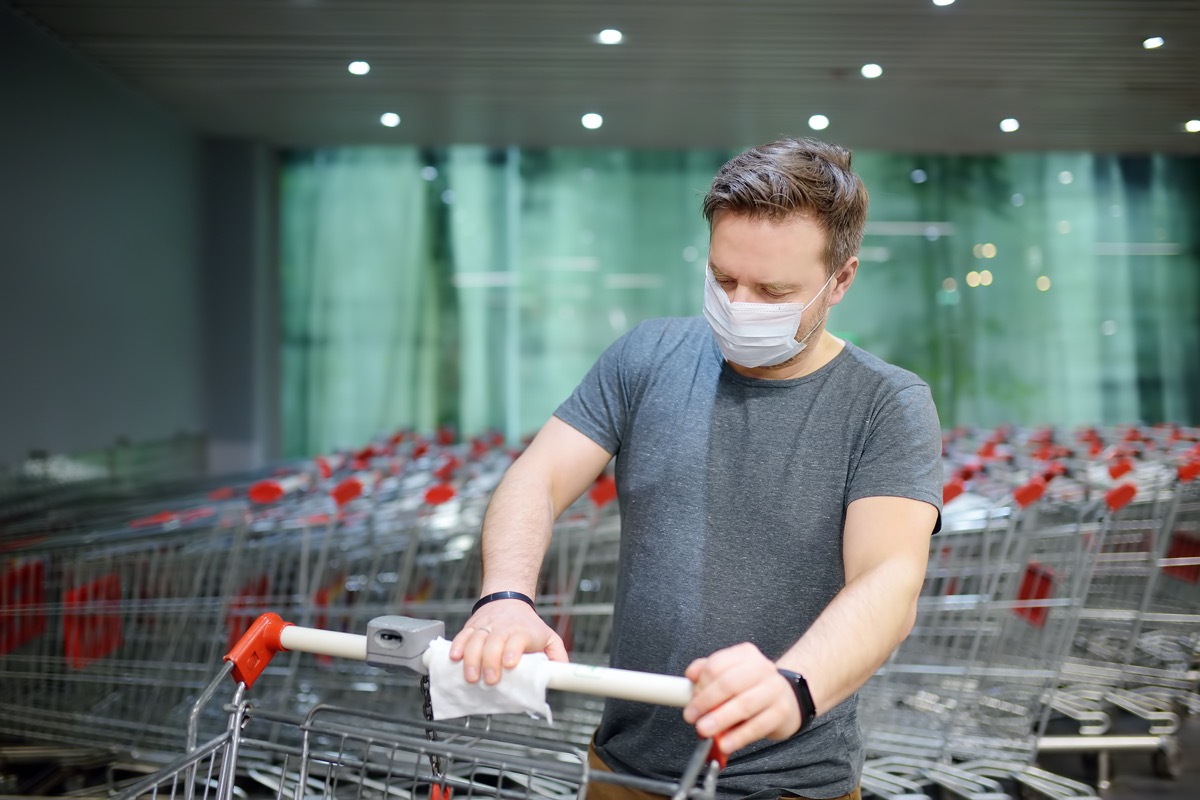
In order to cook, most of us have to leave our homes and go to the grocery store. Make sure to disinfect objects and surfaces that you and other people have touched.
“Always bring disinfectant wipes with you while food shopping and wipe down all surfaces, such as doorknobs, car door handles, as well as the cart or basket that you touch,” says Dr. Charity.
Don’t forget to throw away the wipes as soon as you’re done using them!
Don’t touch your face when grocery shopping
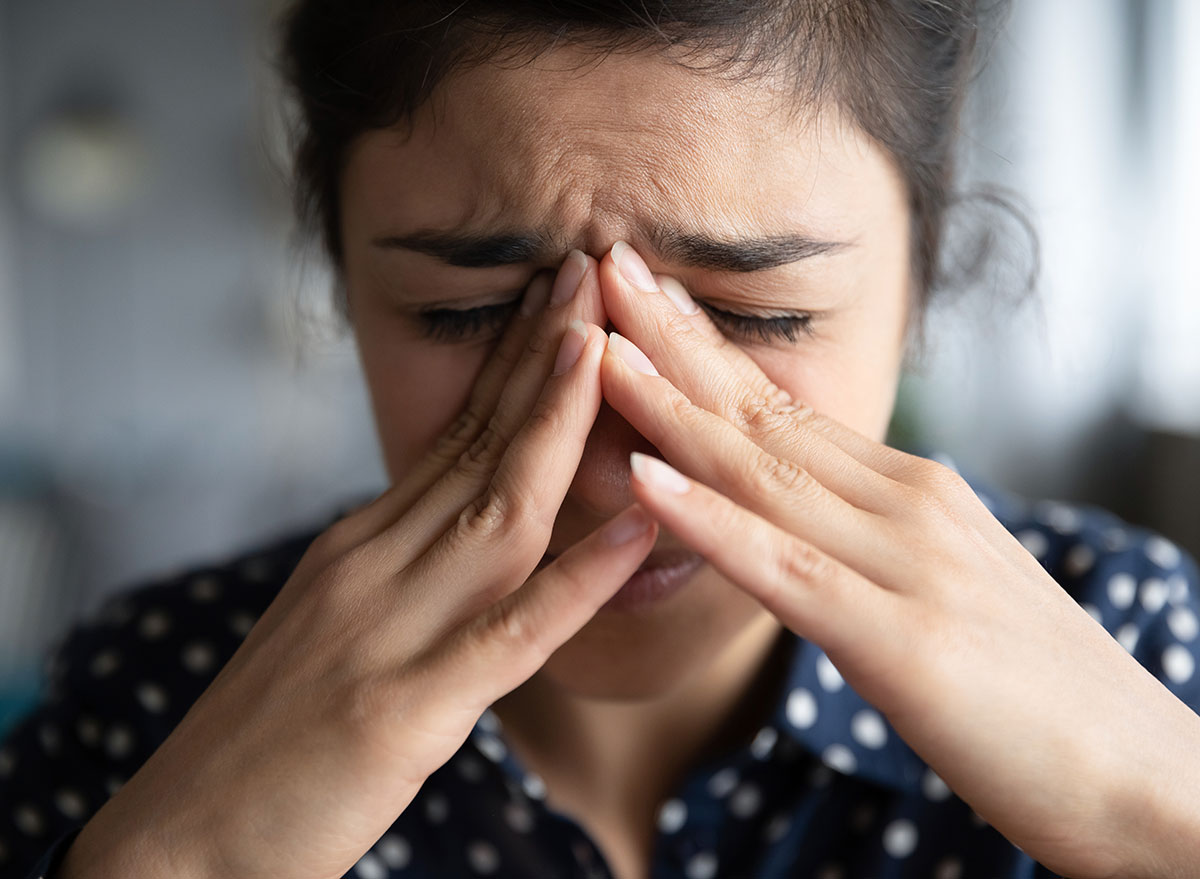
We get it, you touch your face often without being cognizant of it. But try and be mindful of moments when you want to touch your face, such as scanning an aisle at the grocery store or reading a recipe on your phone.
“When you go shopping for food do not touch your face,” says Dr. Charity. “Sometimes wearing plastic gloves helps as it will remind you not to touch your face.”
Don’t share food or beverages
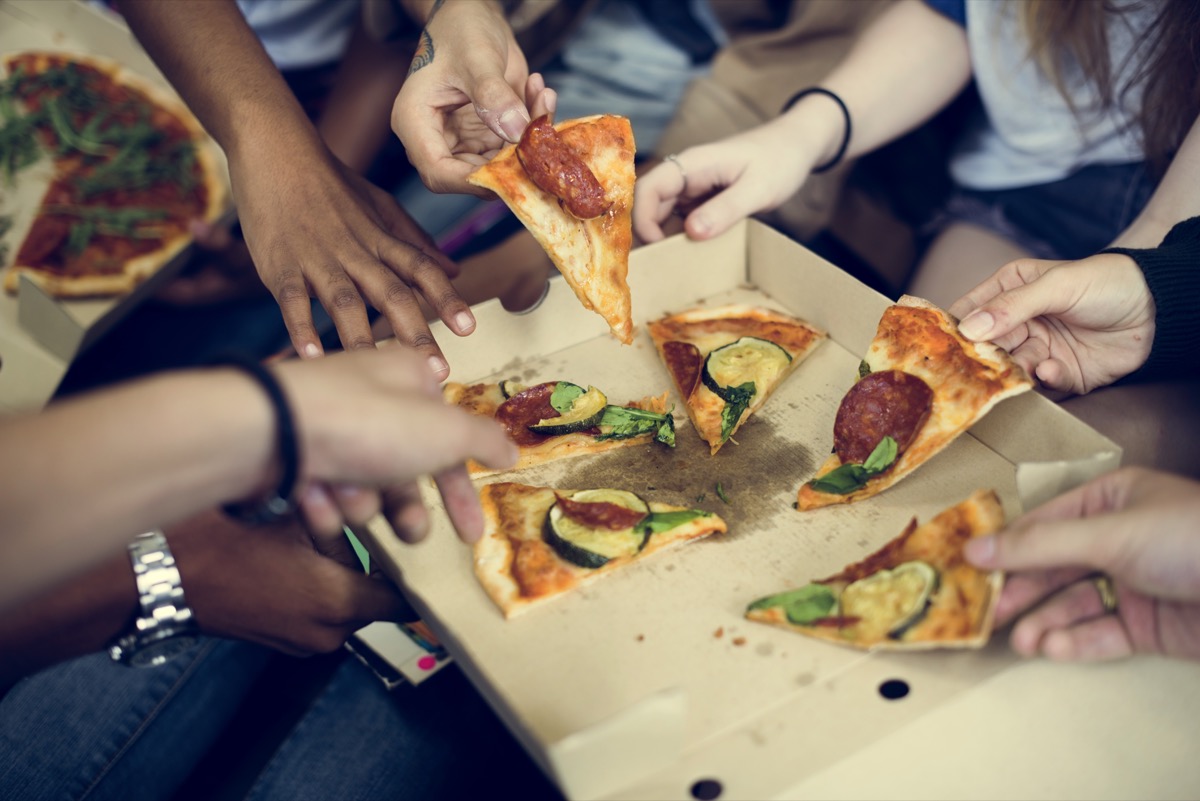
If you are under quarantine with several people in your home, you may feel the need to share your food and drinks with others. However, until this pandemic is over, you may want to refrain from doing that as someone in your home could be a carrier of the disease.
“There is no evidence to date that suggests that COVID-19 can be transmitted through food or water,” says Charity. “That said, no sharing of food or beverages!”
Think about it this way, if your hands are brushing up against someone else’s while you’re both reaching for the same slice of pizza and then you immediately put your hands in your mouth or on your lips, you could contract the virus that way.
Use hand sanitizer often
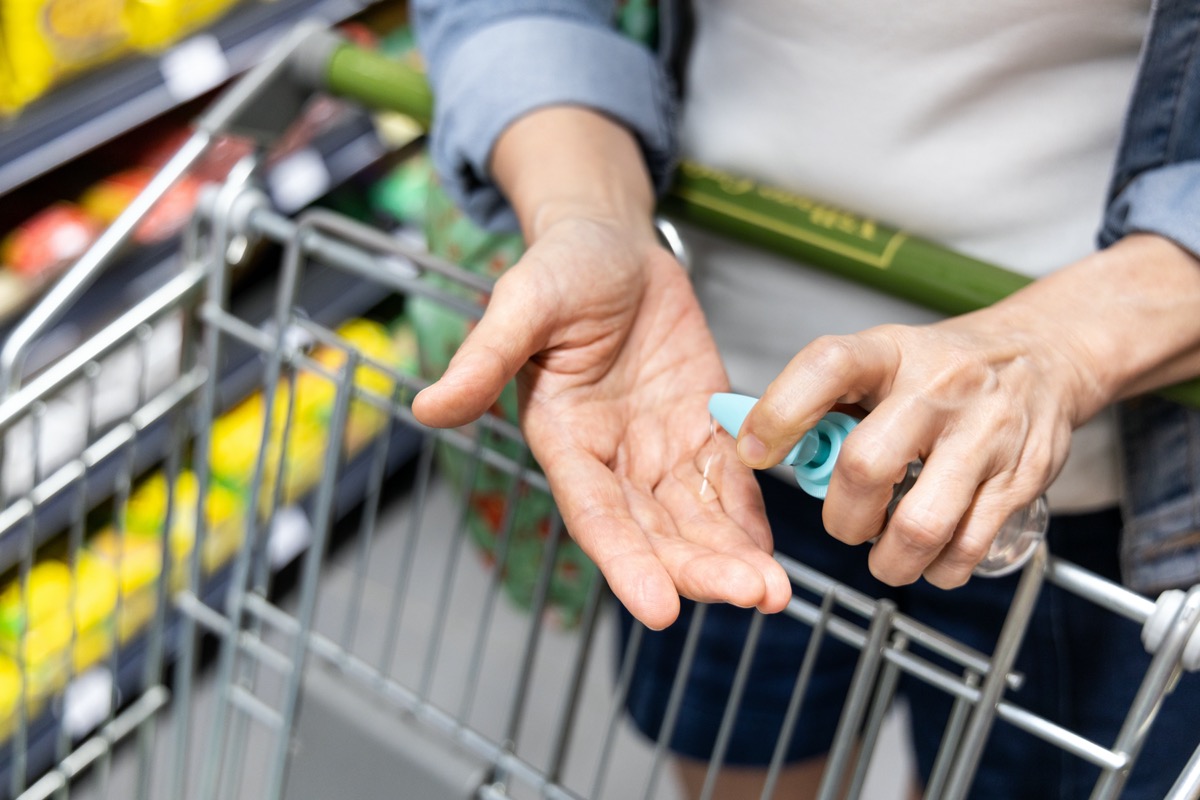
Dr. Charity says to use hand sanitizer often, now more than ever. The CDC suggests choosing hand sanitizer with at least 60 percent alcohol.
Wipe down the packages of delivered food
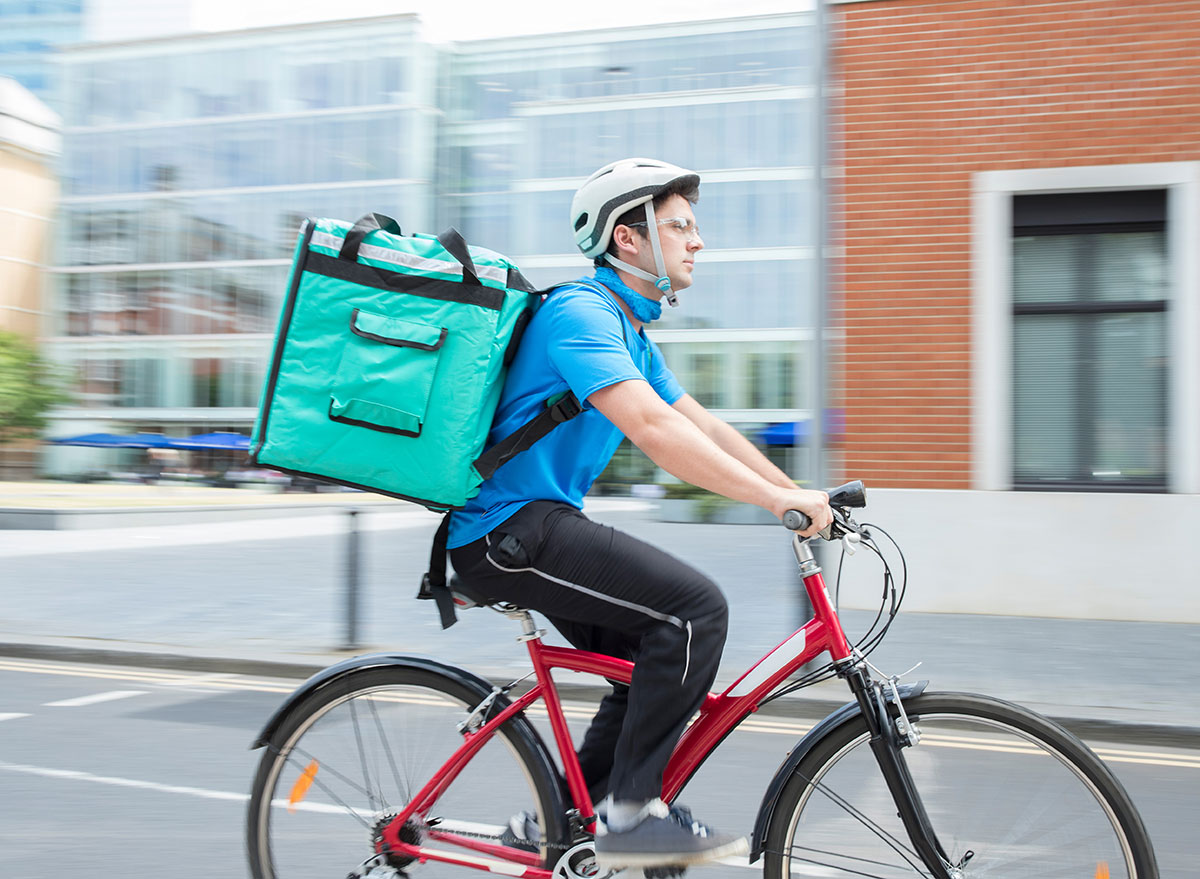
In a recent Eat This, Not That! article, Samantha Heller, MS, RD, host of Nutrition and Exercise on SiriusXM’s Doctor Radio and Senior clinical nutritionist at NYU Langone Health said, “The Centers for Disease Control and Prevention report that the coronavirus may remain viable for hours to days on surfaces made from a variety of materials.”
It couldn’t hurt to take a disinfectant wipe to your plastic food container before opening it.
Transfer your to-go order onto a plate or into a bowl at home
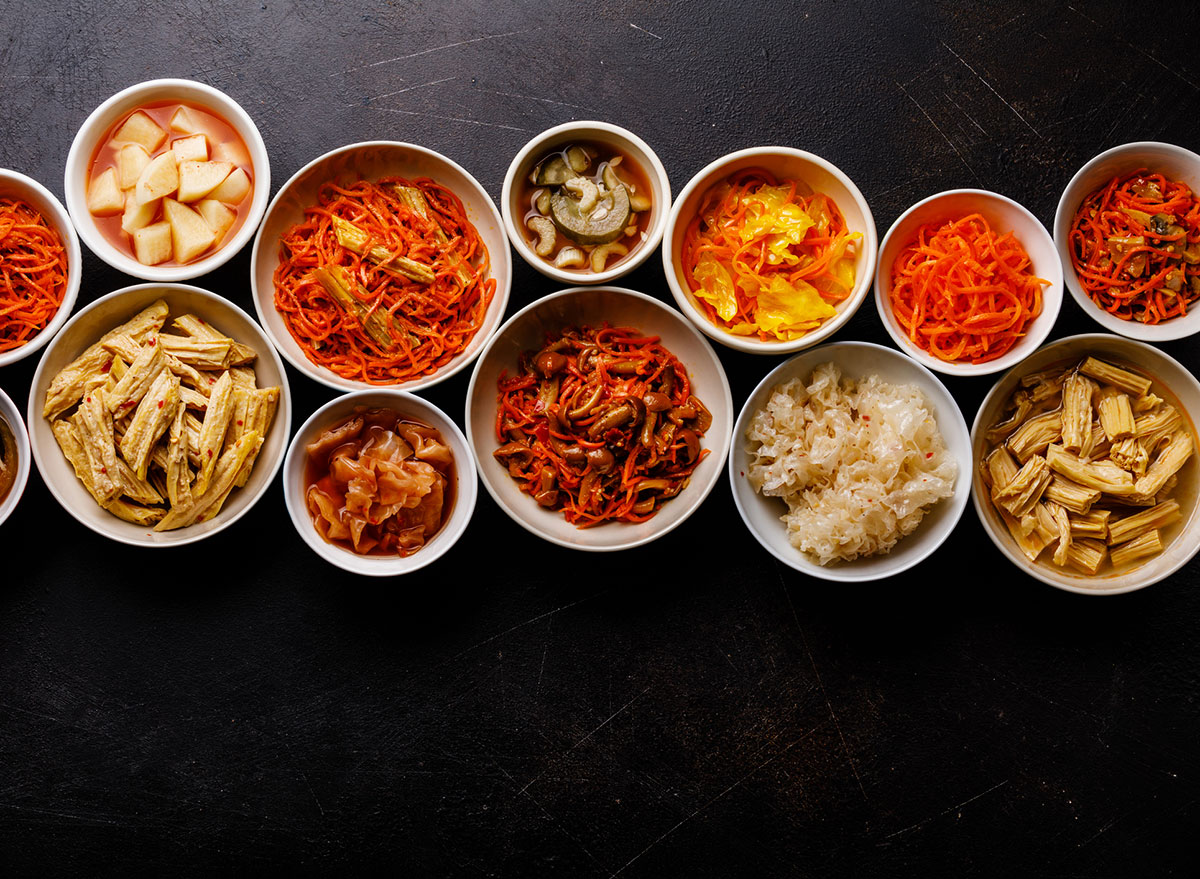
Why take the chance? If the virus can survive for up to three days on plastic, might as well just remove the food from the container altogether!

